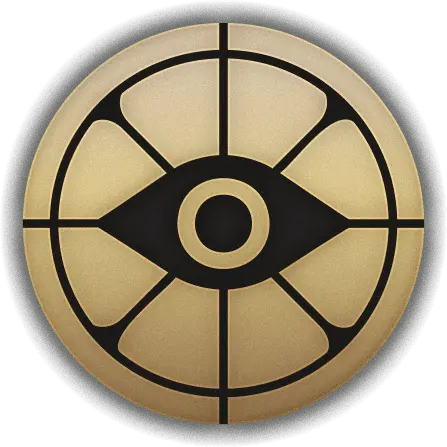

Ignoring whether or not AI is able to deliver the same quality as humans, it boils down to that capitalism views human beings as a unit of work. So many of those units of work are necessary to achieve a product. AI is supposed to cost less than humans to produce the same amount of work.
Humans, however, aren’t just a simple measurement of what they can put out. Your worth isn’t tied to your productivity, or the amount of capital you have. Those factors might affect your total worth, but capitalism would have you believe that these are the only metrics that matter. Creative activity has been a staple of humanity throughout history, and it’s now a job where you can produce something that has some semblance of soul attached to it.
So when it comes to replacing artists with AI, there’s the offense that companies are trying to stifle what artists can get work by replacing them with versions that are mimicry, at best. I’ve seen fantastic works of AI art, but every single instance of it used by companies is replacing a creative human job for the sake of saving costs.
But AI doesn’t do a good job at most things. It has a terrible record of answering questions accurately, self-driving technology isn’t yet to the point where it’s been deemed safe, and we don’t have robots at the point where they can replace a human doing something as simple as stocking shelves. But what it can do, really well, is imitate art, whether it’s drawing, or vocal performances, or to an extent physical performances. People are worried about artists because those are the jobs affected right now. But the minute those other jobs are able to be automated away in a cost-effective manner, you’ll see people pissed about that, too.











If you enjoy games like Outer Wilds or Return of the Obra Dinn, where you basically can only play it through once to figure out the secrets, it feels like this is going to be something you’d love. The downside is the roguelite element can be really punishing and make you feel like you’ve wasted a day, especially if you’ve found the secrets in those rooms. The good news is that there’s been at least a couple times where I found out items were puzzles days after I saw them, so it might not entirely be a waste.